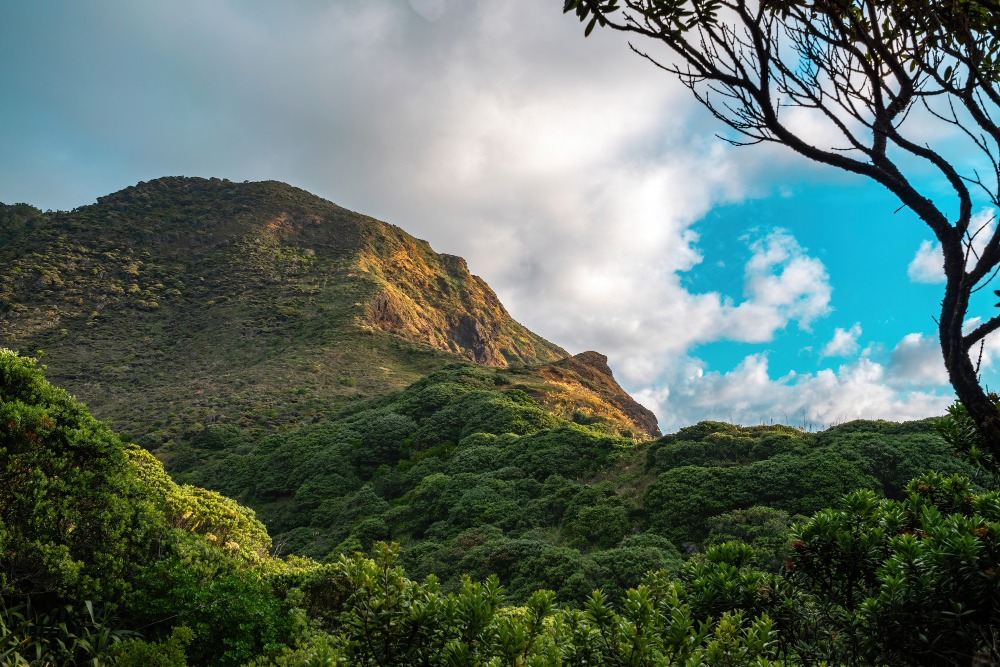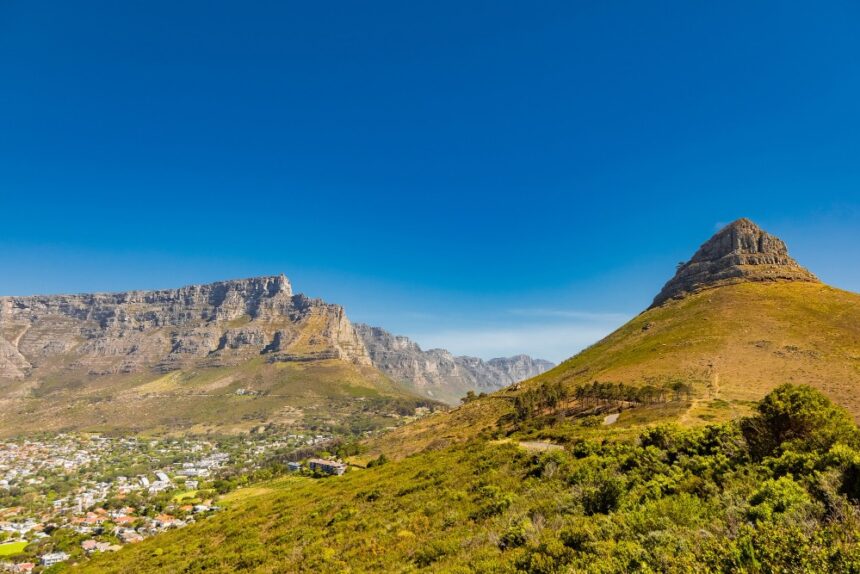Mount Roraima is often referred to as one of Earth’s most enigmatic and awe-inspiring destinations. Its towering cliffs, mystical fogs, and ancient geological formations create an otherworldly landscape that makes it one of Venezuela’s most coveted natural treasures.
Rising dramatically from the surrounding landscape, this flat-topped mountain has captivated the imagination of explorers, adventurers, and nature enthusiasts for centuries. In this comprehensive guide, we will explore what makes Mount Roraima so unique, how to prepare for the climb, the challenges and rewards of the trek, and why it is often dubbed Venezuela’s “Lost World.”
The Mystical Allure of Mount Roraima
Mount Roraima is part of the Guiana Shield, a plateau that covers parts of Venezuela, Brazil, and Guyana. It is one of the oldest geological formations on Earth, estimated to be around two billion years old.
The mountain’s towering cliffs reach over 2,800 meters (9,200 feet) above sea level, and its summit stretches across 31 square kilometers. The plateau is often shrouded in clouds, giving it a mystical and surreal ambiance.
- Advertisement -
The mountain gained worldwide fame after it served as the inspiration for Sir Arthur Conan Doyle’s novel, The Lost World. In the story, Doyle imagines a land atop the mountain where prehistoric creatures and untamed wilderness still thrive. While there may not be dinosaurs atop Roraima, the mountain is home to unique flora and fauna that can only be found there, earning it the title of a “biological island.”
The Significance of Mount Roraima to Indigenous Peoples
Long before it captured the imagination of the Western world, Mount Roraima held profound spiritual significance for the indigenous Pemon and Kapon peoples who inhabit the surrounding regions. To them, the mountain is sacred, believed to be the home of gods and spirits.
According to their mythology, Roraima is the stump of a once-gigantic tree that held all the fruits and vegetables of the world. The tree was felled by a mythical figure, causing a great flood and the formation of rivers.
For these communities, Roraima is more than just a natural wonder it is a symbol of life, creation, and the sacred connection between humans and nature. Visitors are encouraged to respect the mountain’s spiritual importance while exploring its extraordinary beauty.
Preparing for the Trek
Climbing Mount Roraima is no easy feat. It requires physical endurance, mental determination, and careful planning. Here are some essential factors to consider when preparing for the journey:
1. Best Time to Visit
The ideal time to climb Mount Roraima is during the dry season, which runs from December to April. During this period, the weather is more predictable, and the paths are less muddy. However, even in the dry season, Roraima’s summit often experiences sudden rain showers and cold temperatures, so it is essential to be prepared for varying weather conditions.
2. Physical Fitness
The trek to Mount Roraima’s summit is physically demanding, involving steep inclines, rocky terrain, and river crossings. Hikers should be in good physical shape and accustomed to long hours of walking. The trek can take anywhere from five to eight days, depending on the pace of the group and the route chosen.
3. Hiring a Guide
While it is technically possible to climb Mount Roraima without a guide, it is highly recommended to hire a local guide who is familiar with the terrain and the weather patterns. Most treks are organized through tour companies that offer guided expeditions, which include porters, food, and camping equipment.
4. Packing Essentials
Packing for the Mount Roraima trek is crucial to ensure a comfortable and safe journey. Some essentials include:
- Sturdy hiking boots for rough terrain
- Waterproof clothing to protect against rain
- Warm layers for cold temperatures at the summit
- Sleeping bag and tent for camping
- Sufficient food and snacks to sustain energy levels
- Water purification tablets or filters, as water from streams may need to be treated
- First aid kit for minor injuries or illnesses
The Trek: Journey to the Summit

The trek to Mount Roraima’s summit is divided into several stages, each with its own challenges and rewards. The journey typically starts in the small village of Paraitepui, where hikers register with local authorities before embarking on the trail.
1. The Savannah
The first stage of the trek takes hikers through the Gran Sabana, a vast, open savannah with sweeping views of the surrounding landscape. The terrain is relatively flat, but the sun can be intense, so sun protection and hydration are essential. Along the way, hikers may encounter small streams and wildlife, including birds and lizards.
2. The Rainforest
As the trail progresses, the savannah gives way to dense rainforest. The air becomes cooler, and the vegetation thickens. This part of the trek can be more challenging due to the muddy paths and frequent river crossings. The rainforest is teeming with life, and hikers may spot tropical plants, colorful butterflies, and various species of frogs.
3. The Base of the Mountain
After passing through the rainforest, hikers reach the base of Mount Roraima. The sight of the towering cliffs is both awe-inspiring and intimidating. From here, the trail becomes steeper and more rugged as it ascends the mountain.
4. The Final Ascent
The final push to the summit is the most physically demanding part of the trek. Hikers must navigate steep inclines, rocky outcrops, and narrow ledges. The weather can change rapidly, with fog, rain, and wind making the climb more challenging. Despite the difficulties, the reward of reaching the top is worth every step.
Exploring the Summit: A Lost World Revealed
Upon reaching the summit of Mount Roraima, hikers are greeted by a landscape that seems to belong to another planet. The plateau is dotted with bizarre rock formations, towering spires, and deep crevices.
The unique geology of Roraima has created a surreal environment where the forces of nature have sculpted the rocks into strange shapes, some resembling animals or faces.
One of the most iconic features of the summit is the Valley of the Crystals, a field covered in shimmering quartz crystals that catch the sunlight and create a dazzling display. The valley is one of the many examples of the otherworldly beauty that Roraima offers.
1. Flora and Fauna
The summit of Mount Roraima is home to a range of plant and animal species that are found nowhere else on Earth. Among the most famous are the carnivorous plants, such as the pitcher plant and sundew, which have adapted to the nutrient-poor soil by trapping and digesting insects. The mountain is also home to unique species of frogs, lizards, and birds that have evolved in isolation from the rest of the world.
2. Tepui Lagoons
Scattered across the summit are small, pristine lagoons that reflect the sky and surrounding cliffs. These bodies of water add to the mystique of the mountain, and their stillness creates a sense of tranquility. Some trekkers take the opportunity to cool off in the lagoons, though the water is often icy cold.
3. Punto Triple
One of the highlights of the trek is visiting Punto Triple, the point where the borders of Venezuela, Brazil, and Guyana converge. Standing at this tri-border area, hikers can symbolically stand in three countries at once a unique experience that adds to the allure of the trek.
The Descent: Returning from the Lost World
After spending time exploring the summit, it is time to begin the descent. While the trek down is generally less physically demanding than the ascent, it can still be challenging due to the steep and slippery terrain. Hikers should take their time and ensure that they have sufficient energy for the return journey.
Most expeditions take an additional two to three days to return to Paraitepui, where the trek began. By the time hikers reach the village, they will have completed an unforgettable adventure that tested their endurance, filled them with awe, and connected them to one of Earth’s most extraordinary landscapes.
Why Climbing Mount Roraima is Worth It
Climbing Mount Roraima is not just a physical challenge it is a journey into a world that few have experienced. The mountain’s unique landscape, rich biodiversity, and spiritual significance make it one of the most remarkable destinations in the world. For those willing to put in the effort, the rewards are immense: the chance to explore a lost world, to stand atop one of Earth’s oldest formations, and to witness nature’s beauty in its purest form.

